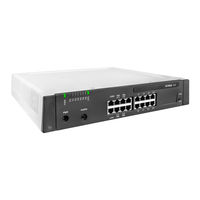Mitel Superset 430 Manuals
Manuals and User Guides for Mitel Superset 430. We have 6 Mitel Superset 430 manuals available for free PDF download: System Functions And Features, System Manual, User Manual
Advertisement
Advertisement
Mitel Superset 430 User Manual (7 pages)
Digital multi-line telephone used with most Mitel telephone systems that use a DNIC card





